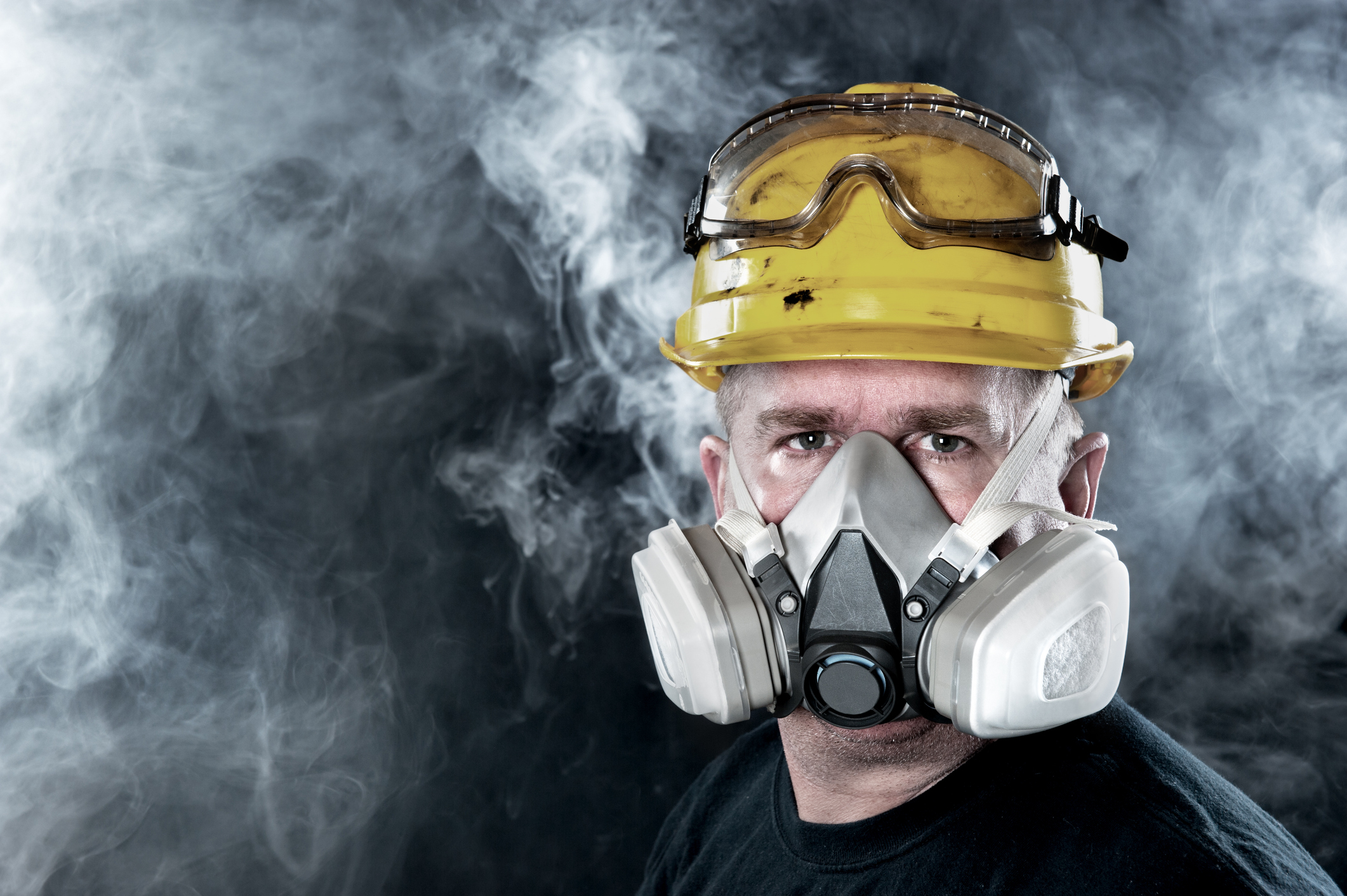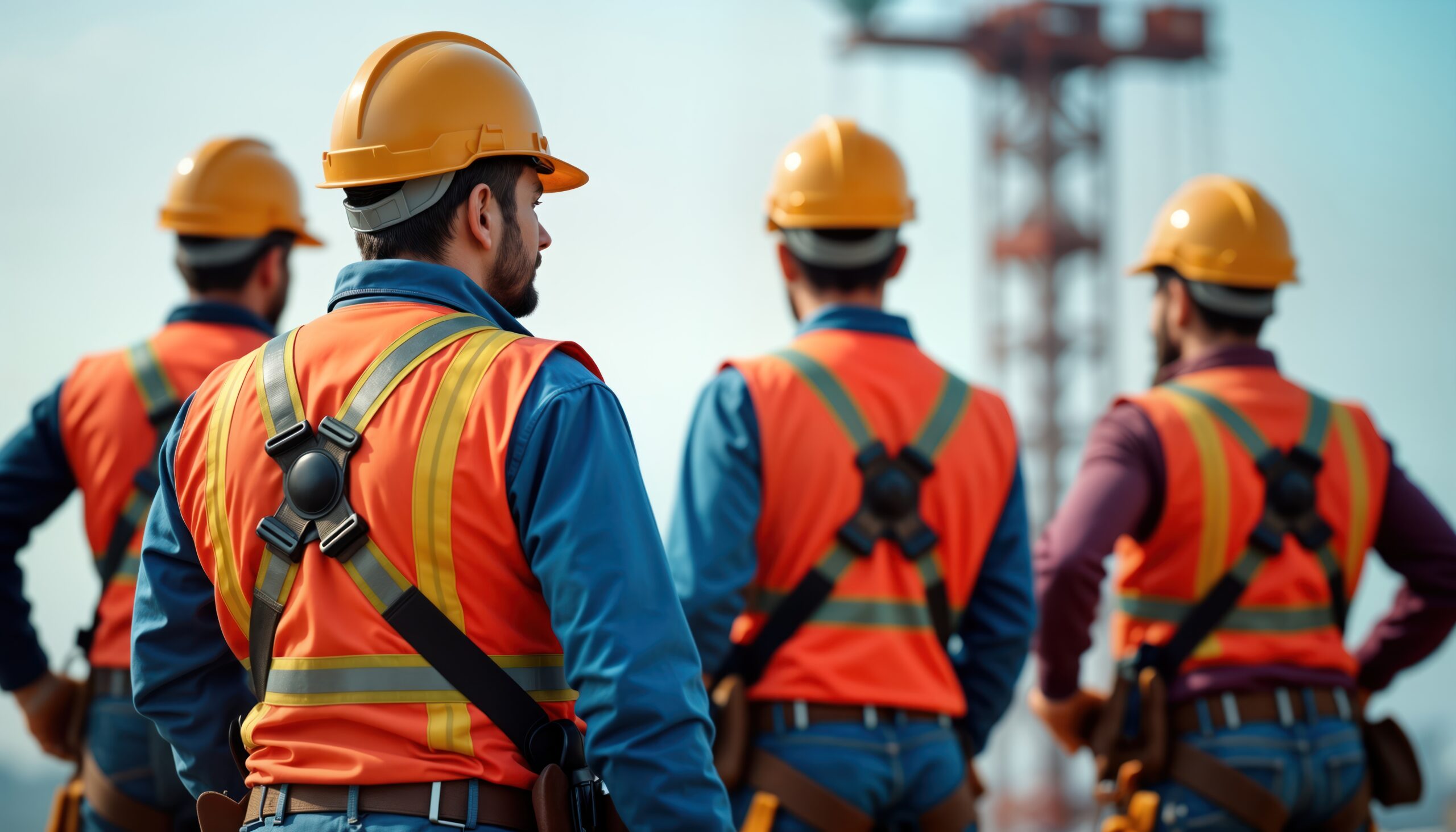A Look Into the Future of Health and Safety

One of the common topics that come up when general health and safety discussions are taking place is the future of the profession and what health and safety practitioners will likely be doing in say twenty or even thirty years’ from now.
From the start of the profession in the early 1800’s when the Factories Act led to the deployment of the first safety inspectors, through the industrial revolutions of the early 1900, fast forward to the establishment of 1974 health and safety at work act until our current times where the first International Health and Safety Management System (ISO 45001) was recently released; the health and safety profession has gone through many major transformations over the years.
As human beings, we are all to an extent, relatively wary of what the future may hold. As organizations we analyse trends, benchmark ourselves against the leading companies in our industry and spend millions on consultants who we hope can provide us with the know-how of where we are likely to be in years to come.
The rise of health and safety as a value rather than a priority is something that we are steadily experiencing among leaders of major organizations as they better recognise their duty of care and the importance of their support in ensuring worker well-being is never compromised.
I am going to discuss four key elements which I believe can shed a light on the possible future of our industry as a result of some of the current early trends taking place within the health and safety profession. Trends that are likely to guide us into a future that is very different from what we are used to today.
-
The search for “Generalists” begins
As the health and safety profession matures, professional standards within the various industries are being established at a phenomenon pace. Many of these standards also become obsolete very quickly as new technologies emerge and organizations take proactive measures by developing their own standards that may surpass those of the regulation.
Health and safety is now a common area of education in many of the world’s best educational institutions, professionals are better educated and must learn the fundamentals of safety and health which, each year becomes broader in scope. Health and safety professionals now need to know about engineering concepts, workplace and general organization cultures, human behaviours, statistical analysis, fire safety, emergency response and crisis management, security, occupational health, ergonomics, human resources, industrial hygiene and many many more.
It is also becoming very clear that knowledge of environmental aspects of the business, sustainability, compliance and quality control are beginning to also fall into the same remit. Work titles such “safety managers” or “Environmental Manager” are slowly becoming more and more obsolete and being replaced by overall QHSE professionals in the higher management positions. On the other hand, with regards to less senior positions, as new fields are always emerging, the profession at that level will likely become broader and so will the rise of specialists occur in the fields of quality, health, safety, environment and emergency response. In some of the larger organizations, the field of health and safety will simply be too large for a single person to manage and a need for more specialists will become necessary.
The likelihood is however, that Generalists, who can put everything all together at the end will become more influential.
-
It’s now all about Welfare!
When I think of health and safety in the past, for some reason the above famous photo always comes to my mind. It also works as a strong reminder of how far we have come from the years when such workplace behaviours were considered completely normal. We have now become so much more proactive when it comes to employee welfare and this does not just stop at the physical injury realm. The majority of our work now is looking at eliminating the situations and behaviors that could lead to injuries. A complete shift in paradigm to practices we used to see back in the early 20th century!
I strongly believe that employee health and overall welfare is the next big shift in general perspective. Stress is becoming a big workplace issue. Statistics show that mental illness is now one of the biggest causes of workplace absenteeism. Safety professionals need to be educated to spot the early signs and symptoms of conditions such as anxiety, depression, sleep deprivation and the overall effects they have on workplace morale and efficiency.
Psychological issues such as bullying, harassment, racism and workplace violence are growing issues and are areas that safety professionals are likely to find themselves getting involved in as part of incident investigations. As entrepreneurship is being strongly promoted within the new generation of employee arriving into our work market, alone working and working from home will become more common and organizational policies will likely need to keep up in order to account for their well-being.
Health initiatives are also now becoming more common in our workplaces with many organizations integrating health campaigns for their employees and their families as part of these programs.
The stronger focus on health could also affect the employee hiring process, an area which is likely to add to the responsibilities of the occupational health practitioner in particular. Psychological tests are now more commonly being used to select employees. In high risk industries, personal attitude towards safety and risk taking may be strong factors in selecting the correct candidates. There is always a likelihood that genetics and behavioral characteristics could have a strong impact on future employ-ability.
-
Behavioral change will be the focus
If they’re not used to hearing them already, health and safety professional will be getting used to hearing the words “Organizational Behaviours”, “Cultural Change”, “Employee Empowerment” pretty often from now on. The profession has already seen a strong influence from organizational physiologists mostly through services provided by external consultants and experts. The likelihood, in the near future, is that more of the expertise in the areas of leadership diagnostics and organizational culture applications would be expected to come from within.
It is expected that behavioural safety will become increasingly more sophisticated but relatively easier to manage as much of the observational processes and the background analysis would be done through already existing applications and software. Health and safety professionals are expected to more and more be involved with coaching and motivating their fellow employees as the relationship between safety and psychology increases and becomes a core subject for any safety practitioner.
The behavioural aspect will also see rise to greater focus on training. Computer based training and communication methods such as video-conferencing and the use of tablets will play a big role in health and safety training and overall cultural change.
Health and safety training can be accessed anywhere, anytime. In one of the previous companies I worked for, plant health and safety orientation for engineers could be done online prior to their arrival on the site for the first time. We were one of the very first organizations to start that a few years ago. It worked extremely well and I suspect that will become the norm in the near future. Individual course certificates and training cards will become a thing of the past as training information will be stored on network clouds and accessible to required personnel.
-
The bots WILL take over!
As a result of swift advances in technology, Workplace processes can change every few years or even months. Risk assessments, the way we know them now, can become irrelevant very quickly after being developed, introducing more risks to workers as a result of toxic materials or unfamiliar machinery.
Robotics, for example, have vastly changed the landscape in manufacturing. As a result, assembly lines are so much faster and more efficient than what they were at the turn of the century. Safety professionals will likely take a more proactive approach in the design process to create the necessary safeguards preventing injury to workers.
Wearable technologies; already introduced in multinational organizations such as DHL, Hitachi and BP, allow for better vital signs monitoring and better emergency response. Portable smart devices allow workers to stay in contact with other crew members and record observations or incidents in a safety management system. These systems have allowed organizations to standardize safety practices across their organizations, independent of language or cultural barriers.
Safety meetings for workers who spend many hours of their day on the road or work in remote locations will become easier as virtual meeting will become common place. Similarly, accident investigations will have digitally enhanced photographs and videos as evidence to establish the root cause. As the availability of CCTV around the workplaces becomes more common, videos can be studied to determine how and when an accidents occurred, providing greater learning opportunities from incidents.
In summary, with the support of governmental organizations, the above discussed areas are shaping the future of health and safety. The rise of common, internationally recognized standards and management systems will go a long way in supporting future changes. As we continue to explore the new digital age, it is paramount that employers weigh the risks and the benefits of the new technologies and best practices being introduced to make the best decisions for their businesses and people.
Blog Posts
Latest Posts
Related Posts




